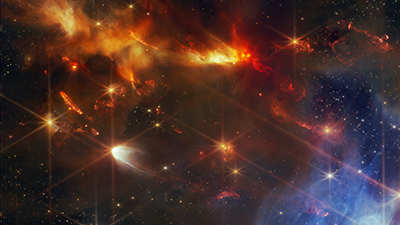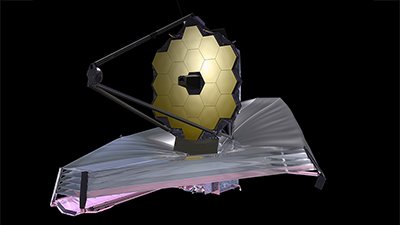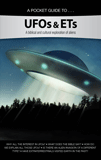
TOI 700d: The Latest Earth-Like Exoplanet?
Here we go again. A recent news story reported the discovery of the latest earth-like planet orbiting another star. This time, it’s TOI 700d, discovered by NASA’s Transiting Exoplanet Survey Satellite (TESS). Launched in 2018, TESS searches for transits of exoplanets as they pass in front of their stars each orbit. TOI 700d is one of three planets that TESS discovered orbiting the star TOI 700 (the other two exoplanets are TOI 700b and TOI 700c). The name of the star comes from it being the 700th entry in a catalog of TESS Objects of Interest.
What makes TOI 700d special? Measurements suggest that TOI 700d is 1.19 ± 0.11 times the earth’s size. Therefore, in terms of size, this exoplanet is earth-like. The mass of TOI 700d is less certain than its size. Its mass is inferred to be 1.72 (+1.29, -0.63) of that of the earth’s. If one takes the stated size and mass without the error range, then the density (and hence composition) of TOI 700d is close to that of the earth, again qualifying it as earth-like. However, considering the range of possible values of size and mass given their errors, the density, and composition of TOI 700b could be almost anything.
A Star Not Too Far
Planets that orbit too close to their stars will be too hot, and planets that orbit too far away from their stars will be too cold (the habitable zone is sometimes called the “Goldilocks zone”).
The most important consideration is how far from its star TOI 700d orbits. The habitable zone is the region around a star in which an orbiting planet, having the right size and composition, could have the proper temperature range to support liquid water on its surface and hence possibly harbor life. Planets that orbit too close to their stars will be too hot, and planets that orbit too far away from their stars will be too cold (the habitable zone is sometimes called the “Goldilocks zone”). The habitable zone depends on the size and temperature of a star. Most of the supposed earth-like planets discovered so far orbit M dwarfs, stars much cooler and smaller than the sun. Consequently, their habitable zones are much closer to those stars than the sun’s habitable zone is to the sun.
TOI 700d, for instance, orbits its M-type dwarf star 16% the distance the earth orbits the sun. M-type dwarfs are red stars that are smaller, less massive, and fainter than the sun. The orbital period of TOI 700d is only 37.4 days. At this distance from its star, TIO 700d receives about 86% the heat that the earth receives from the sun. The other two planets orbiting TOI 700 orbit even closer, too close to be in the habitable zone. Orbiting so close has consequences. The star’s gravity probably has tidally locked all three planets, forcing the planets to keep one face toward the star. Thus, it is likely that the night side of TOI 700d is perpetually frozen, while the daytime side may be too hot to support life. Much of any water on the planet’s surface may be locked up in ice on its night side.
Then there is the question of the stability of the star TIO 700 and the likelihood that it may flare with the potential of stripping the atmosphere away from the planet TIO 700d. Flaring is a common phenomenon with M-type dwarfs, and this has been a problem with other claimed earth-like exoplanets such as TRAPPIST-1. The discoverers of TIO 700d have discussed this potential. They found that TESS data of TIO 700 reveal no observed white-light flares. However, TESS observed TIO 700 for a relatively short period; we don’t know what its long-term behavior is.
Earth-Like? Water? So What?
Is TIO 700d an earth-like planet? While the possibility is tantalizing for most scientists, there is far too much uncertainty to say for sure whether this exoplanet is earth-like or not.
Is TIO 700d an earth-like planet? While the possibility is tantalizing for most scientists, there is far too much uncertainty to say for sure whether this exoplanet is earth-like or not. Of course, the agenda is to establish that earth-like planets are common in hopes of arguing that life elsewhere in the universe is common.
However, even if there are earth-like exoplanets, there is no guarantee that any of them harbor life. While liquid water and proper temperature are necessary conditions for life, they hardly are sufficient conditions for life. There is much, much more to the existence of life than just liquid water.
We know from Scripture that God specially made life on earth; therefore, life did not arise here naturally, nor did life arise anywhere else naturally. Hence, we have little reason to expect life elsewhere. It turns out that a science law backs this up: the law of biogenesis, where life arises only from life, never from non-living things.
Recommended Resources

Answers in Genesis is an apologetics ministry, dedicated to helping Christians defend their faith and proclaim the good news of Jesus Christ.
- Customer Service 800.778.3390
- © 2024 Answers in Genesis







